Hey Mum. Don’t Stop Moving!
This is a very controversial topic with so many varying views on what to do or not to do.
When it comes down to this stuff I like to think back what they did 100 years ago, or 500 years ago or longer.

I’m pretty sure they were still getting about doing their jobs and not worrying about getting a PR on their front squat.
And I know they wouldn’t be sitting around all day doing nothing either.
Find your happy place in between somewhere.
Your body will undergo 4 physiological changes so pay attention to the changes in your body – Cardiovascular, Respiratory, Metabolic & Musculoskeletal.
Myth Busting!
Training during the first trimester is fine.
If you were training before you got pregnant, you still can,
If you weren’t training before and you want to, that’s fine too. Just not too much too soon.
Heart rate above 140 is ok for some.
Using a heart rate monitor to see what your heart is doing while training is advisable, but not necessary.
Alternatively, use the talk test to ensure you aren’t out of breath and heart rate not too high.
If you can’t maintain a normal conversation, your heart rate is likely too high.
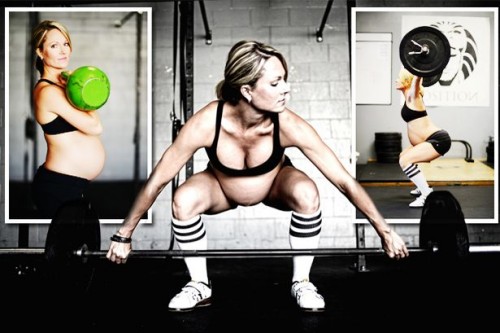
Train abs during pregnancy.
You train your abs so the muscles work properly, not so they look a certain way. That can wait.
Train them for stabilization using anti-rotation and anti-flexion exercises that keep you in good posture while performing them.
When the abs work properly together and hold your posture well, you will find everything easier during pregnancy.
Eating for 2 is totally not necessary.
I’m sure people gain a lot of weight overeating while pregnant because they tell themselves they can eat for 2.
Only a tiny bit over normal is all that’s needed.
Just make sure you are eating a wide range of foods that will help nourish you first and help grow the baby second.

Training with arms overhead is fine for most.
If you find that you feel dizzy with arms up, then don’t do it.
Most people should be ok.
Just monitor how you feel while you are training and if you start to feel a little off, sit down and rest and check if that exercise was what’s causing it or if it was just random.
General Guidelines
Above everything else, you must train in perfect technique.
Perfect technique encourages good posture which keeps you feeling good and conserves energy.
Limit or eliminate exercise machines, especially weights machines. Your ligament is usually weak so injury risk is higher, it may take longer getting on and off machines, cause dizziness and leave you a fall risk.
Wide stance may be uncomfortable. Just try it out and if it doesn’t feel great, change it.

Explosive combat moves with kicking or punching should be eliminated as totally unsuitable. Why? It’s not a matter of you might injure something. With lax joints you will injure something.
Limit Range of Movement with Yoga and Pilates to avoid hyperextension. Just because everyone else is doing it a certain way doesn’t mean you have to.
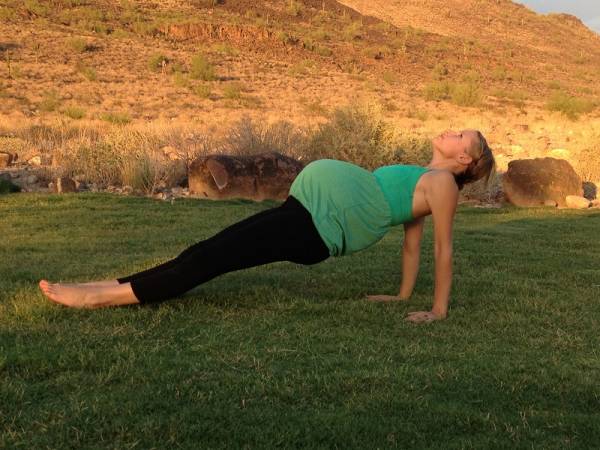
Eliminate all exercises laying on your back during first trimester as it can compress the maternal vena cava and cause dizziness.
Eliminate all prone and spine postures. This means no laying on your front or back and doing exercises.
No laying on your back after around 16 weeks due to risk of supine hypotension.
The majority of your training should be in a standing position with good posture.
Keep training intensity moderate.
High intensity is for later, much later.
Keep reps at 10-15 from 14-16 weeks on and constantly work on technique and perfect posture.
Although pregnant women should be cautioned to avoid exercise in extremely hot, humid conditions, they are not at risk of overheating during exercise. Jones et al 1985. Use your own common sense here.
Upper and lower back training is especially important for the increased load during pregnancy and lifting post pregnancy.
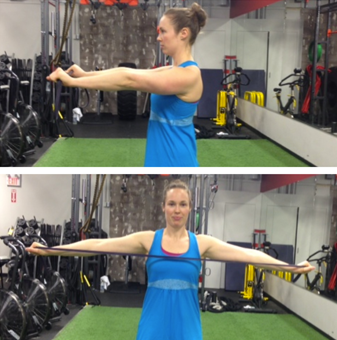
Contraindications to Aerobic Exercise
To Do or Not To Do
This list is direct from PT on the Net and it’s good that you know these cautionary points before you start training like a maniac.
Absolute Contraindications
- Hemodynamically significant heart disease
- Restrictive lung disease
- Incompetent cervix/cerclage
- Multiple gestation at risk for premature labour
- Persistent second or third trimester bleeding
- Placenta previa after 26 weeks gestation
- Premature labour during the current pregnancy
- Ruptured membranes
- Pregnancy induced hypertension
Relative Contraindications
- Severe anemia
- Unevaluated maternal cardiac arrhythmia
- Chronic bronchitis
- Poorly controlled type 1 diabetes
- Extremely obese or underweight
- History of extremely sedentary lifestyle
- Intrauterine growth restriction in current pregnancy
- Poorly controlled hypertension/preeclampsia
- Orthopedic limitations
- Poorly controlled seizure disorder
- Poorly controlled thyroid disorder
- Heavy smoker
To Do While Pregnant
Never go back training earlier than 6 weeks and you must be cleared.
It can take 3-12 months to get back to normal.
I’ve heard it takes around 3 years for a woman’s body to fully get back to healthy again.
Always include kegels for the pelvic floor in any program before and after delivery.
Do them 3-4 days per week for 3 sets of 8-12 reps whenever you remember. While driving is easiest if you just do it at red lights or something similar.
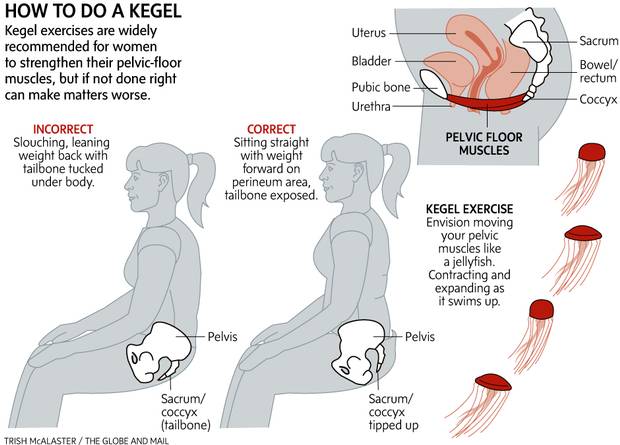
There are some who think that maybe kegels should only be performed after the baby is born as it may narrow the birth canal.
I think doing them before the baby arrives is ideal so you are used to training them and they have some conditioning for the birthing process.
I also think it’s possible to do too much, so again train within the guidelines.
Overheating while pregnant is a concern, especially while exercising. Monitor it.
Heart rate monitors can be ok but easiest is the talk test. If you can keep up a conversation without losing your breath, then you should be fine.
No max lifts. If starting lifting during pregnancy, go for 10-12 reps.
This is too much for the majority of people and unnecessary.
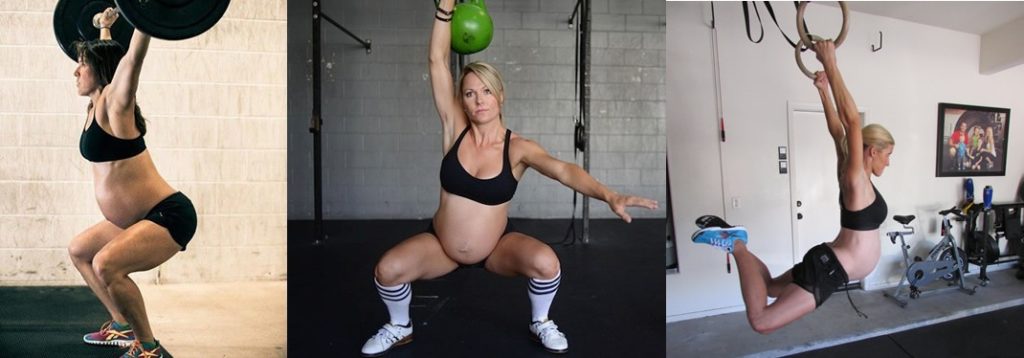
Have contingency plans for bad days when you are not up to exercise such as going for a walk.
After Giving Birth
Start a gentle, progressive exercise routine as soon as mum is ready and has GP clearance.
Post-partum exercise cautioned for the first 32 months as ligaments may still be loose compared to normal due to relaxin produced during pregnancy
Previous exercise can be continued but intensity reduced due to the fatigue of being a mum.
Breastfeeding before a workout may benefit the mother as it reduces the load carried.
Pelvic floor exercises are to be performed immediately post-partum as they can reduce the incidence of future incontinence and help stabilize the SI joint.
Postural rehab is most important.
Focus on the control of correct posture though all dynamic movements.
Janda likes postural rehab process
1 – Isometrically
2 – Isotonically
3 – With fast repetitive movements.
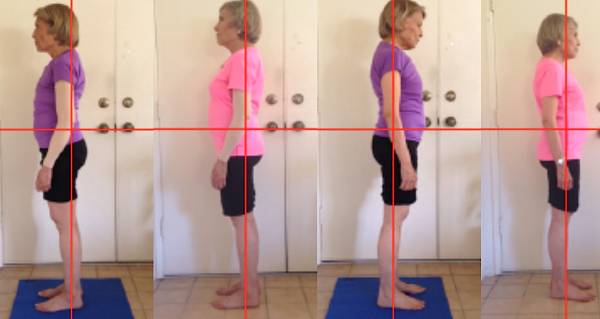
Key training protocols
Spinal stabilization and posture
Posterior chain endurance
Posterior shoulder strength and endurance
Pelvic floor and abdominal wall strength and coordination
Breathing and relaxation
Coordination
Abdominal Rehab Exercises
No sit-ups for new mums and if you had a C section, avoid all ab exercises until cleared.
Here’s far better exercises which are much more suitable.
The most effective ab exercises for new mums are from physio Shirley Sahrmann who specializes in ab rehab. Just rolls off the tongue, right.
You don’t progress til you can do 20 reps on each leg without losing ab contraction.
If you can’t hold breath contraction, decrease reps until you can maintain it.
Below is a video where I’ll demonstrate and talk through each progression.
There is also pictures and descriptions for those who’d prefer it.
Basic Breath – Holding ab contracting while breathing and not moving
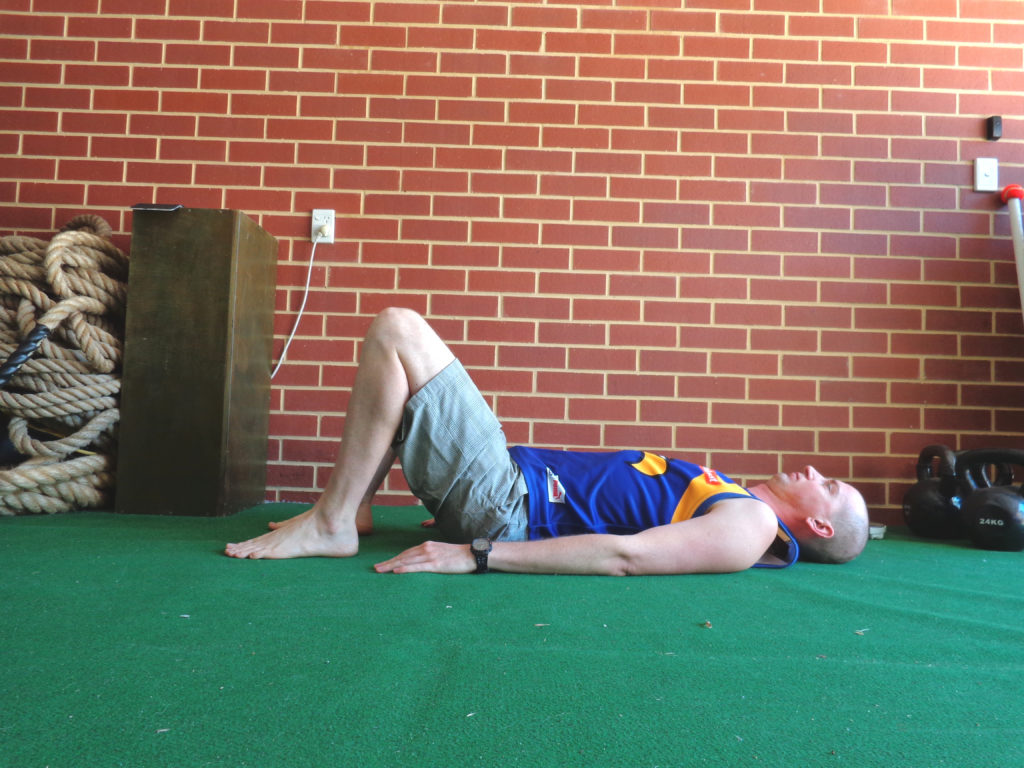
- Lay flat on your back and relax
- Keep a natural spine
- Breathe in slowly and deeply
- Breathe out and tighten your abs by pulling your navel to your spine
- Once you can maintain breathing while contracting and relaxing the abs, and without moving your back, move on.
- You can practice this 1 to several times a day for 5 minutes or so
Phase 1 – Holding ab contracting while breathing and moving – 4 contact points
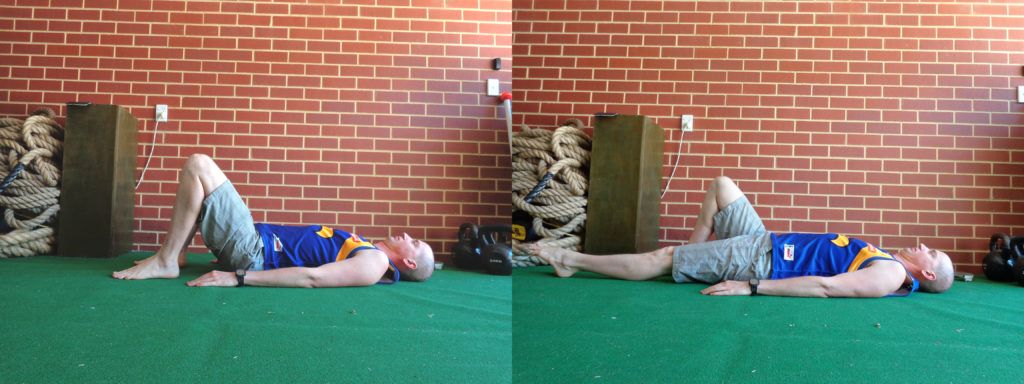
- Keep your abs tight and normal breathing
- Slide one leg along the floor til it’s straight, then return it
- Repeat on the other leg
- Work up to 20 reps / leg
Phase 2 – Holding ab contracting while breathing and moving – 3 contact points
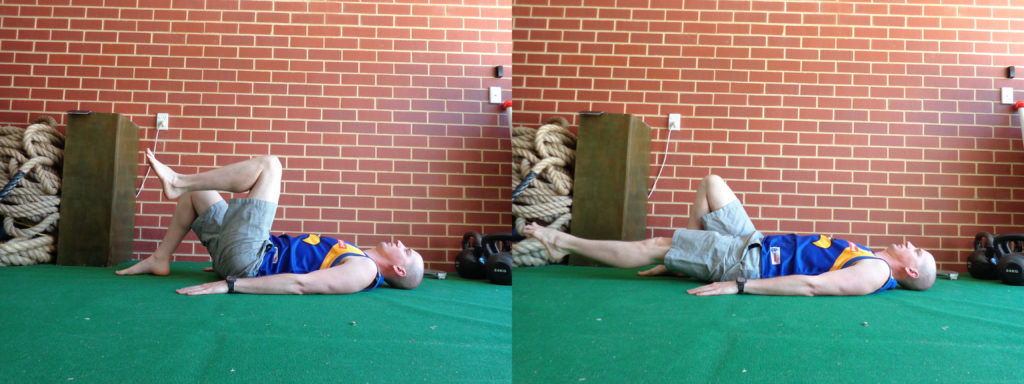
- Pull in your stomach and hold, then raise one knee to your chest
- Straighten to parallel 2-3 inches from the floor
- Return to start position
- Repeat on other leg
- Work up to 20 reps / leg
Phase 3 – Holding ab contracting while breathing and moving – 3 contact points
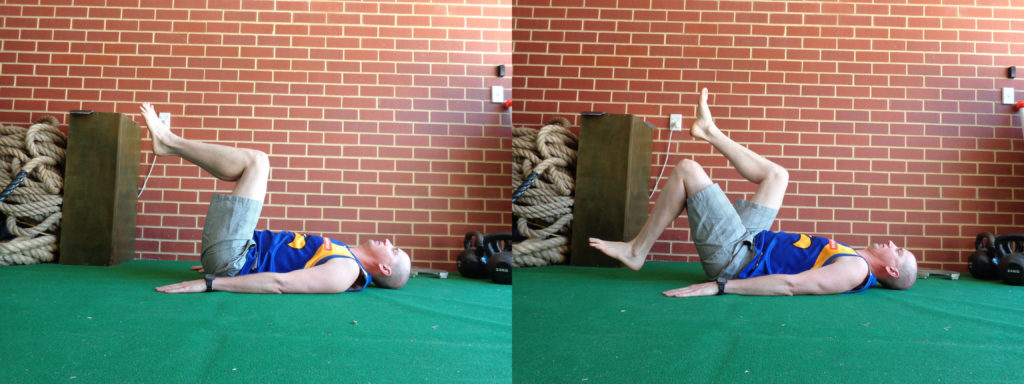
- Raise both knees to the start position, one at a time
- Keep one leg up and lower the other to touch the floor
- Bring back up and repeat on other side
- Work up to 20 reps / leg
Phase 4 – Holding ab contracting while breathing and moving – 2 contact points
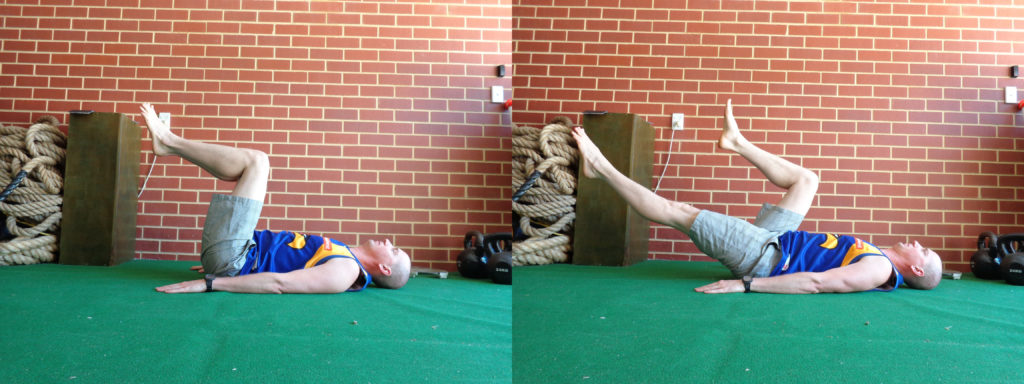
- From the start position,concentrate on keeping your belly button pulled to your spine and no gap between your low back and the ground
- Extend one leg out straight and return to start position
- Repeat on other side
- If your lower back arches at all, go back to the previous phase until you are stronger
- Work up to 20 reps / leg
Phase 5 – Holding ab contracting while breathing and moving – 2 contact points
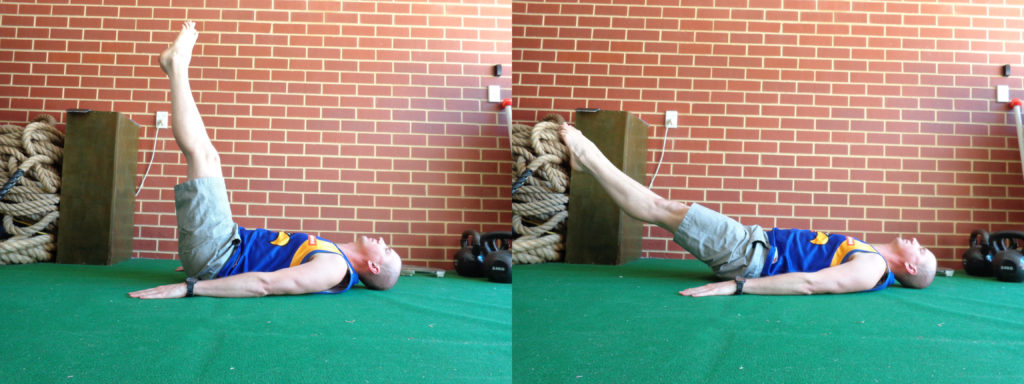
- Raise both knees to the 90 degree start position, one at a time
- Slowly lower both legs together
- Only go as low as you can without your low back arching, then return to the start
- As you get stronger you’ll be able to progress lower
- Work up to 20 reps
- If you notice back pain doing this, it may not be suitable. In this case, maintain your ab training at step 4
Big credit goes to PT on the Net for much of the information in here.
